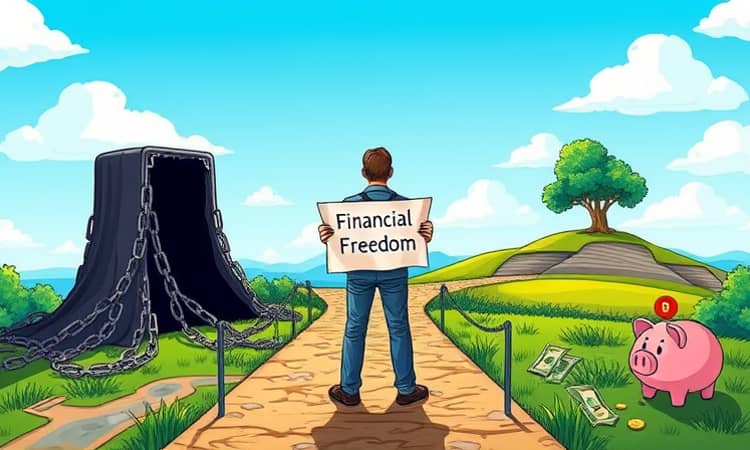Debt can be a daunting burden, often leading to stress and anxiety. People find themselves in debt for various reasons, from unexpected medical expenses to lifestyle inflation. However, it is possible to escape this cycle and regain financial freedom by following a structured plan.
This blog post outlines a seven-step strategy that can help you take control of your finances and become debt-free. Whether you have a small amount of debt or are overwhelmed by significant financial obligations, these steps provide a solid foundation for financial recovery. Let's get started on the journey to a debt-free life.
1. Assess Your Debt
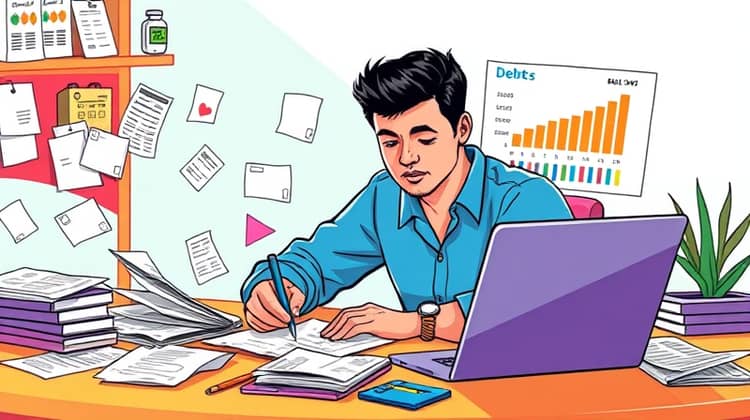
The first step in addressing debt is to gain a clear understanding of your situation. This means compiling a complete list of your debts, including credit card balances, loans, and any outstanding bills.
Make sure to note interest rates, minimum payments, and due dates as these factors will influence your repayment strategy.
- List each debt and the total amount owed.
- Note the interest rates for each debt.
- Include the minimum monthly payment for each debt.
- Identify the creditor for each debt.
This assessment will provide you with a comprehensive picture of your debt, allowing you to prioritize repayment and make informed decisions moving forward.
2. Create a Budget

Creating a budget is essential for managing your finances effectively. Start by tracking your income and expenses to see where your money is going each month.
Make sure to categorize your expenses into fixed costs (like rent and utilities) and variable costs (like dining out and entertainment). This will help you identify areas where you can cut back.
- Calculate total income and track all expenses.
- Identify essential and non-essential expenses.
- Allocate funds to essential expenses first.
- Set aside a portion of your income for savings and debt repayment.
With a budget in place, you'll have a clear roadmap to follow. This will help you avoid unnecessary spending and prioritize your financial goals effectively.
3. Build an Emergency Fund

Having an emergency fund is critical for avoiding additional debt when unexpected expenses arise. Aim to save at least three to six months' worth of living expenses to protect yourself financially.
Start small if necessary, setting aside a little money each month until you reach your goal. This fund will serve as a financial cushion that can prevent you from relying on credit cards or loans in times of need.
4. Choose a Debt Payoff Strategy
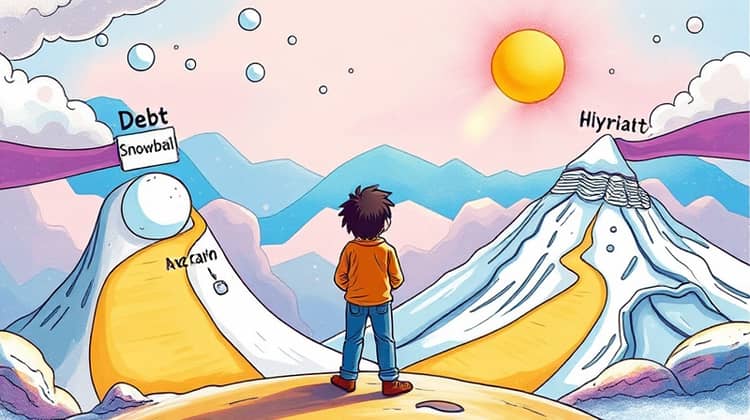
Once your budget is set and an emergency fund is established, it’s time to choose how to tackle your debt. The method you select will depend on your personal preferences and financial situation.
- Debt snowball method: Pay off the smallest debts first to gain momentum.
- Debt avalanche method: Focus on the highest interest debts first to save on interest payments.
- Hybrid method: Combine aspects of both methods for a personalized approach.
Choosing a strategy that resonates with you is key because staying motivated during this process is essential. Whichever method you choose, stay committed and track your progress as you pay down your debts.
Consider sharing your goals with a supportive friend or family member. This accountability can help you stay focused on your debt repayment journey.
5. Negotiate with Creditors
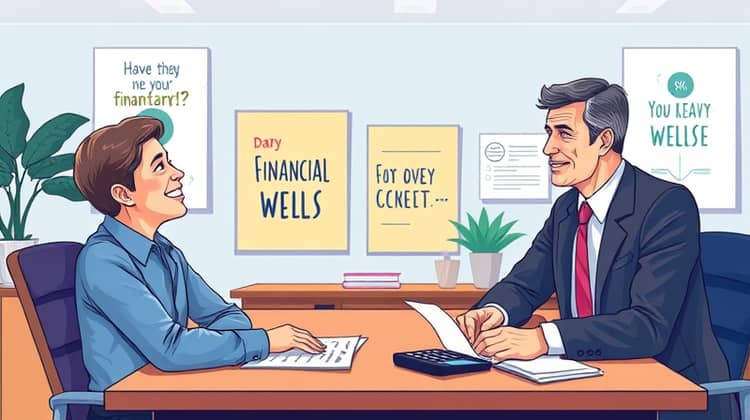
Don’t hesitate to reach out to your creditors if you're struggling to make payments. They may offer options such as reduced interest rates or modified payment plans, which can provide significant relief.
- Contact your creditor to discuss your situation.
- Explain any financial hardship you may be facing.
- Request a lower interest rate or a temporary payment reduction.
- Get any agreements in writing to avoid misunderstandings.
Many creditors are willing to work with you rather than risk you defaulting on your debts. Open communication can lead to workable solutions and help you regain control over your finances.
Remember, though, that each negotiation may vary depending on your creditor's policies and your financial situation.
6. Consider Debt Consolidation
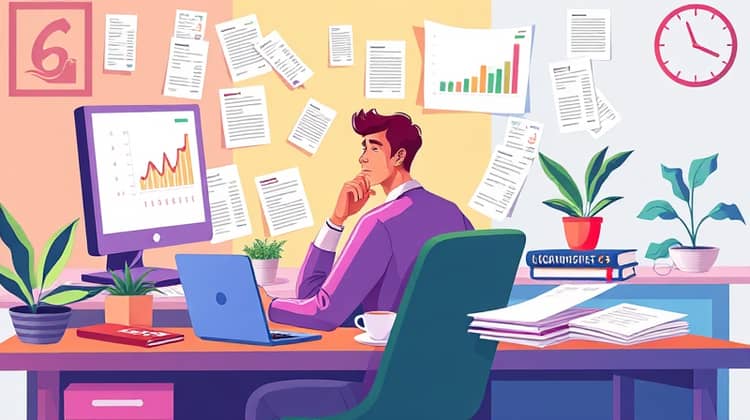
If you find it difficult to manage multiple debts, consider consolidating them into a single loan with a fixed interest rate. This can simplify your payments and may reduce the amount of interest you pay overall.
Research various consolidation options, including personal loans or balance transfer credit cards, to find the best fit for your needs.
- Personal loan for debt consolidation.
- Home equity loan or line of credit.
- Balance transfer credit cards.
- Credit counseling services.
Before consolidating, ensure that you are aware of any associated fees and make a plan to avoid accumulating more debt. It's important not to create a new financial burden while trying to eliminate your existing debts.
Consult with a financial advisor if necessary for guidance on the best consolidation strategy that aligns with your financial situation and goals.
7. Increase Your Income

Finding ways to boost your income can accelerate your journey to becoming debt-free. Consider seeking a part-time job, freelancing, or selling unused items for extra cash.
Every bit helps, and using this additional income to pay off debt can significantly reduce your financial strain.
- Explore freelance job opportunities online.
- Consider a part-time position in your community.
- Sell unwanted items through online platforms.
- Offer a service based on your skills.
Remember to stay focused on your main goal, which is to eliminate debt. Use any extra income wisely, ensuring that it contributes directly to your financial recovery rather than extra expenditures.
The Psychological Side of Debt
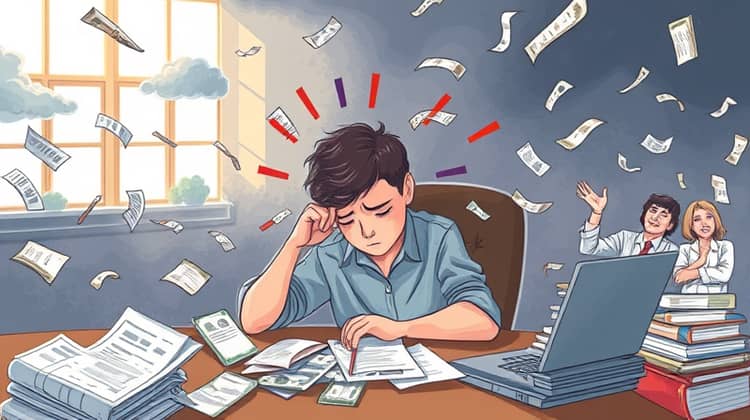
Debt is not just a financial burden; it can take a significant toll on your mental well-being. The stress and anxiety associated with financial obligations can affect your relationships, health, and overall quality of life.
Addressing the psychological aspect is crucial in successfully managing your debt. Developing a positive mindset can empower you to tackle your financial challenges head-on, and seeking support from friends or professionals can help alleviate some of that pressure.
Stay Out of Debt
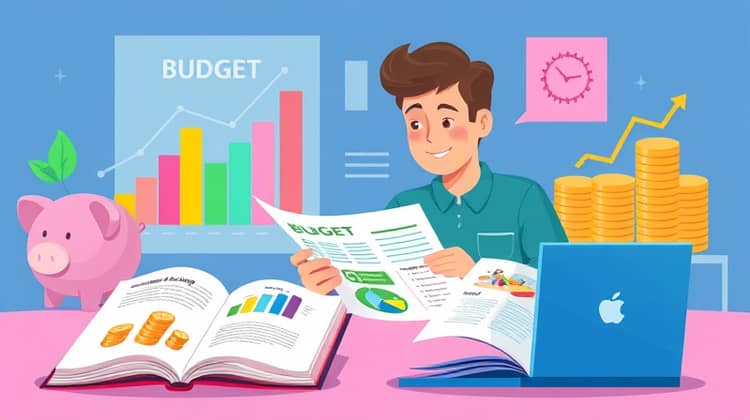
As you work towards becoming debt-free, it's equally essential to develop habits that will prevent you from falling into debt again. This includes sticking to your budget, building an emergency fund, and making conscious spending decisions.
Education also plays a vital role. Educate yourself about financial management and the implications of debt.
Conclusion

Getting out of debt doesn't happen overnight; it requires commitment and a plan. By following these seven steps, you can take control of your financial situation and work toward a debt-free future.
Celebrate small victories along the way, and remember that every step you take brings you closer to your financial goals. Stay diligent, and soon you might find yourself free from the constraints of debt.

